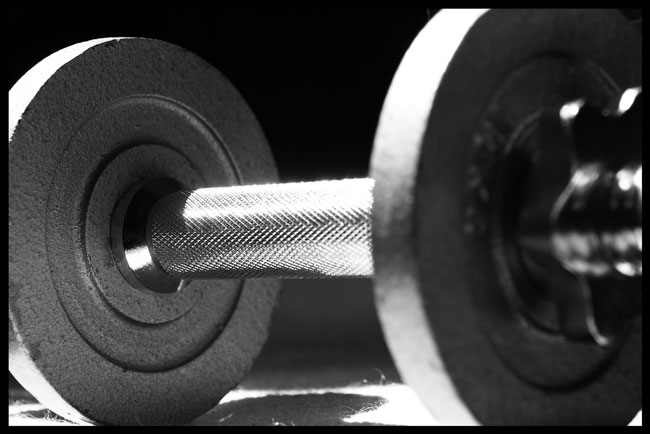Increasing the intensity of your workout is not just about adding more weight.
Most strength workout progressions are based on changing repetitions and weight:
- increase reps
- increase weight and lower reps
- increase reps
For a certain subset of people this can be a perfectly serviceable training plan. For most of us however we run into two problems:
- We hit a limit to how much weight we can lift – physically we reach a limit to how much weight can work with safely and properly or we don’t have access to heavier weights.
- It doesn’t touch on other fitness goals like stability and power.
While I do change reps and weights as my clients progress, they are certainly not the only variable we work with. Let me show you what I might do with a typical client program with an exercise like the squat.
A client must be able to do a proper squat with just their body. We might start with bench squats or prisoner squats to make sure they can perform the movement safely.
Once they can do that, I start moving them through these progression steps:
- Add weight.
An overhead squat or dumbbell squat to press are great exercises to start adding free weights to a workout. Using a relatively light weight, you learn to control the body plus weight. For an overhead squat we might start with a 9 lbs. body bar or for a squat to press start we might start with 5 lbs. dumbbells. As form is progressed we can change reps or add additional weight. - Add instability.
Take away the weight and take away a leg. The next progression would be a Bulgarian split squat or a single leg squat. By going to a single leg squat, even without free weights, you “double” the weight. You also work on balance. Balance is a skill: if you don’t use it you lose it as you get older. You can then add weight via dumbbells or a medicine ball once the movements are mastered with body weight only. - Add plyometrics. Weight is removed again and explosiveness is added. Jump squats are a great way to strengthen the legs and connective tissue of the knees and ankles, especially for runners interested in improving speed and power, and to get the heart rate up. Once again you can add weight via dumbbells or a weighted vest to add intensity.
For this progression we might take months before we needed anything bigger than a pair of 10 lbs. dumbbells. We can also change foot position or add isometric holds to add variety. This model can apply to many of your basic exercises (plyo push ups anyone?).
Lifting heavy is a great goal. But it’s not the only goal.



